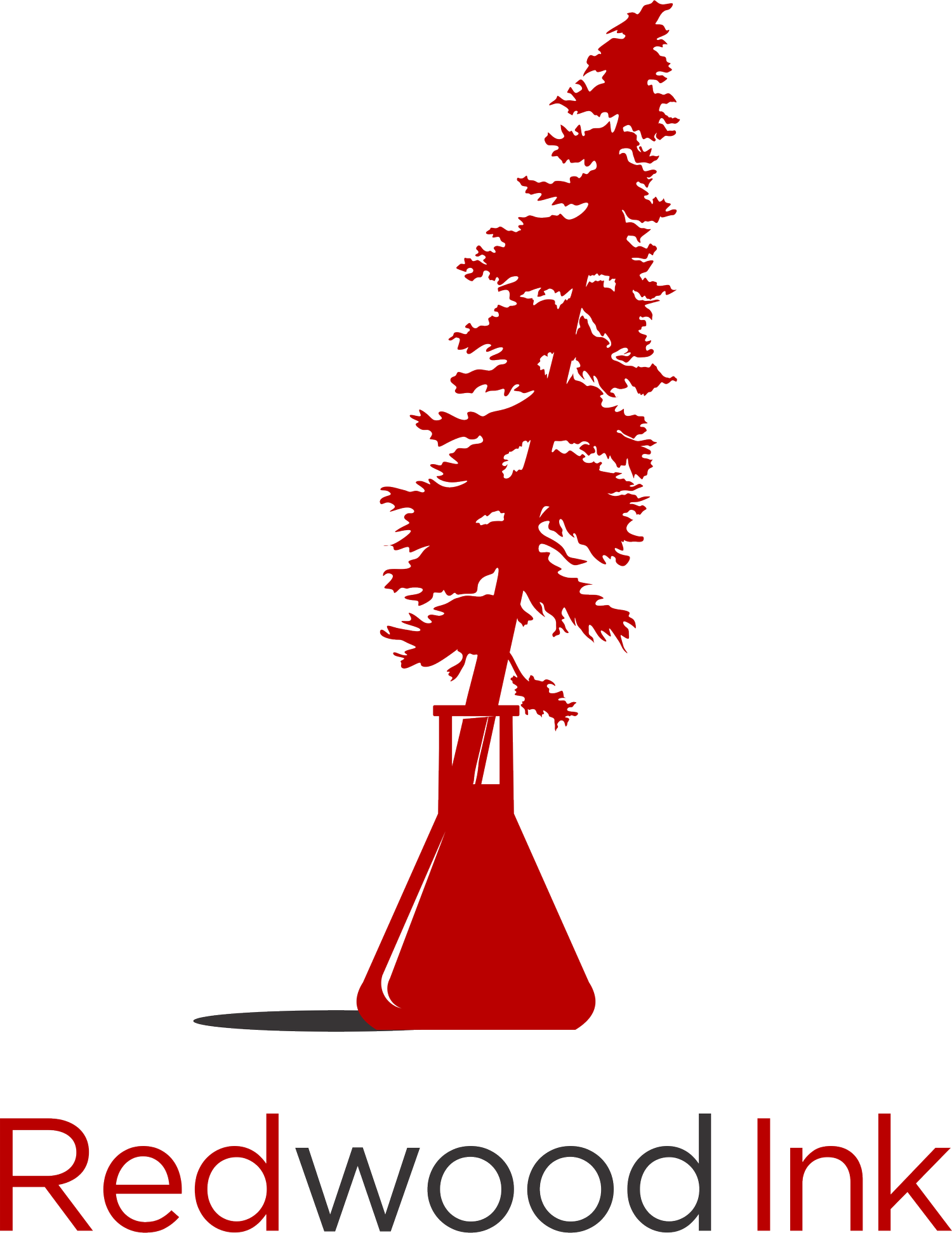Interlude: Sculpting, Authorship Gaps, and Diverse Opinions
Do you tend to write and edit at the same time?
Admittedly, I have struggled to overcome the habit of writing and editing at the same time. And sometimes I still falter. As a professional editor, my default is to edit.
But writing and editing at the same time can slow down the writing process, interfere with the flow of writing, and diminish the quality of the final piece.
If you're not convinced, I recently read an article that correlated the craft of writing with the art of sculpting.
A sculptor visualizes a statue within a block of marble, and chips away to reveal it. She does so in iterations of the whole statue, rather than focusing and refining one part before moving to another. In her first iteration, she carves out the rough dimensions of the statue itself, from head to toe. In the second one, she outlines some details such as the face, the limbs and the torso. In the third pass, specific features such as the eyes, nose and the fingers start to appear. Later, she adds the finishing touches such as fingernails, eyebrows and curls of the tunic.
On the contrary, if she started with one part — if she started carving out the statue’s hand in intricate detail it is likely to be over-defined compared to the rest of the statue. The hand could also end up disproportionately smaller or larger.
The craft of writing works in the same manner. Great writers have always separated their writing from their editing. They wrote in a flow — the words appeared on paper just as they thought about them. Later, they edited their drafts and rewrote them.
I think that this analogy beautifully and accurately explains the importance of separating writing from editing: efficiency, flow, and quality.
To avoid writing and editing at the same time, I have a few strategies that I use that you might find helpful:
Create an outline to "sculpt" the document, and then expand and write from that outline.
Write comments to myself to do more research on a topic or come back to something later.
Use square brackets around words or language that I want to revisit (this helps me avoid thesaurus rabbit holes).
Add placeholders for citations that I insert later (this helps me maintain my writing flow without pausing to cite while I write).
What strategies do you have for avoiding writing and editing at the same time?
Now onto this week's round-up...
💌 Round-up
👓 Reading
A bibliometric analysis of the gender gap in the authorship of leading medical journals
“…this computational audit indicated that gender disparity in medical research is country-specific, partly related to the distinct research focus and more evident at the senior researcher level.”
A bibliometric analysis of geographic disparities in the authorship of leading medical journals
“This study demonstrates that medical publishing is marked by Anglocentric dominance. Moreover, journals tend to publish more studies from the country in which the journal is based, and authors are more likely to cite work from their own country. However, geographical representation has gradually increased in recent years.”
🎧 Listening
Claire Hughes Johnson, Building Stripe from 160 to 6,000+ Employees — How to Take Radical Ownership of Your Life and Career (#724)
"And why do I care about inclusion? Yes, inclusion is a good thing for people to feel better and included, but actually because if you’ve hired a bunch of smart people and yet they don’t feel included, they will not share their opinion. And the reason you hired them is because they’re smart people who bring diverse opinions, and if they won’t say them, then you’re not really benefiting from all that work hiring them, because you want a better outcome."
💬 Quote
“I’m writing a first draft and reminding myself that I’m simply shoveling sand into a box so that later I can build castles.” –Shannon Hale
💭 Thoughts
Editing while writing is like driving with the emergency brake on.
✅ Action
During your next writing session, resist the urge to edit your work as you write. Instead, add notes and placeholders to come back to later.
Thank you so much for reading.
Warmly,
Crystal
